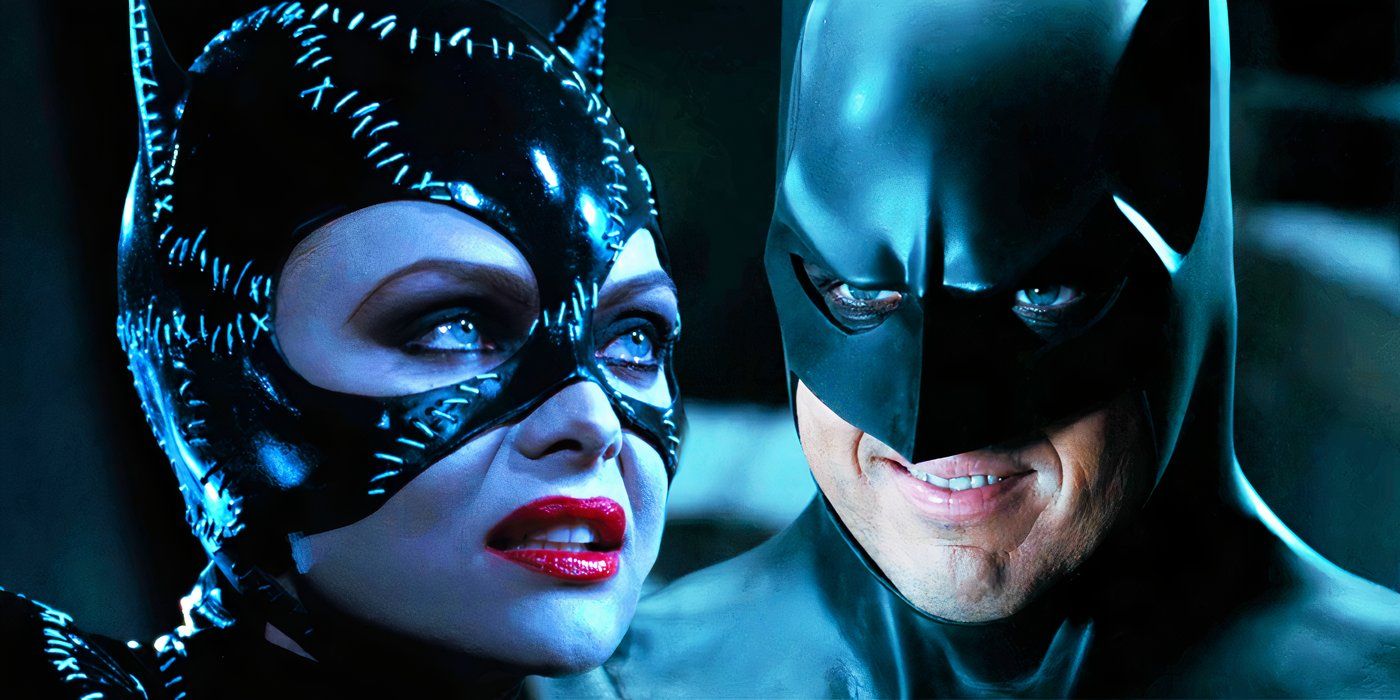[[{“value”:”
1989’s Batman, directed by Tim Burton, was a landmark film for a number of reasons, and its legacy is such that the film continues to spawn comic book sequels that continue the story of Michael Keaton’s Dark Knight to this very day. Yet there was an earlier comic book sequel that has been nearly forgotten these days, but which saw several Bat-characters make their debut in the world of Batman ’89.
The comic book sequel in question was actually a comic strip, running from November 6th, 1989 to August 3rd, 1991. Intended to capitalize off the massive success of the Batman movie, the syndicated strip was the first time Batman appeared in the newspaper comic section since the early seventies.
With a dream team of artist Marshall Rogers and uncredited writer Max Allan Collins in place, the strip loosely follows the events of the film, albeit with some changes. Batman wears his classic blue-and-gray costume from the comics, and the characters overall resemble their DC Comics counterparts as opposed to how they appeared in the 1989 film.
The Comic Strip Pre-Dates All Other Sequels
The debut story reinvented Catwoman as a vigilante looking for revenge against a gang known as the “Crime Alley Cats.” Batman gets involved once her quest turns deadly, which leads to them ultimately teaming up to take down Gotham’s biggest drug kingpin, “Bull” Pitt. While darker in subject matter, the strip feels closer in tone to the Adam West-starring show of the sixties. Still, Collins proved a deft hand at providing the scripts, with his experience writing both the Dick Tracy strip and the mainstream Batman comic lending itself quite well to his new assignment.
Marshall Rogers was responsible
for Deadshot’s drastic reinvention
during his run on
Detective Comics
with writer Steve Englehart, an overall influence that is still felt on the supervillain to this day.
The true shining point of this first story is easily the art. Rogers is easily one of the greatest Batman artists of all time, responsible for a groundbreaking run in the late seventies with writer Steve Englehart that produced one of the all-time great Batman stories in “The Laughing Fish.” The daily strip format didn’t always allow for Rogers’ strengths to shine through, as the artist was noted for his creative layouts and intricate architecture in his cityscape backgrounds. Rogers’ talent is on display nonetheless, and any Batman work by the artist (who passed away far too young at the age of 57) is worthy of further examination.
The 1989 Batman Newspaper Strip Is a Fascinating Piece of Lost Media
More DC Fans Needs to Know About This Sequel
After the first Catwoman sequence, Rogers and Collins departed the strip; they were replaced by William Messner-Loebs, Carmine Infantino, and John Nyberg. The overall tone shifts even more into the cartoonish, though there are some fun twists on classic Batman lore along the way. The Penguin, the Riddler, Robin and many others are introduced, and the strip does an impressive job of building a long-running story-arc that sees D.A. Harvey Dent transform into Two-Face. The Joker was also revealed to have survived his plunge from the church tower at the end of Batman, but the connections to the ’89 film remained tenuous at best.
How One Of Batman 1989’s Oldest Costume Complaints Got Solved 25 Years Later
A notable movie easter egg retroactively gave Michael Keaton’s Batman one of the most comic-accurate Batman suits in the live-action films
Outside of reprints that ran in The Comics Revue, these strips have never been collected by DC Comics, which feels like a missed opportunity. They may not be all-time great Batman stories, but they are a significant piece of the 1989 film’s legacy and should be widely available in handsome editions for fans to rediscover in the present-day. Even though it may not be part of official continuity in any capacity, the Batman daily strip inspired by the 1989 film is an interesting piece of lost and forgotten media to look back on.
“}]] The lost sequel to 1989’s Batman movie… Read More

